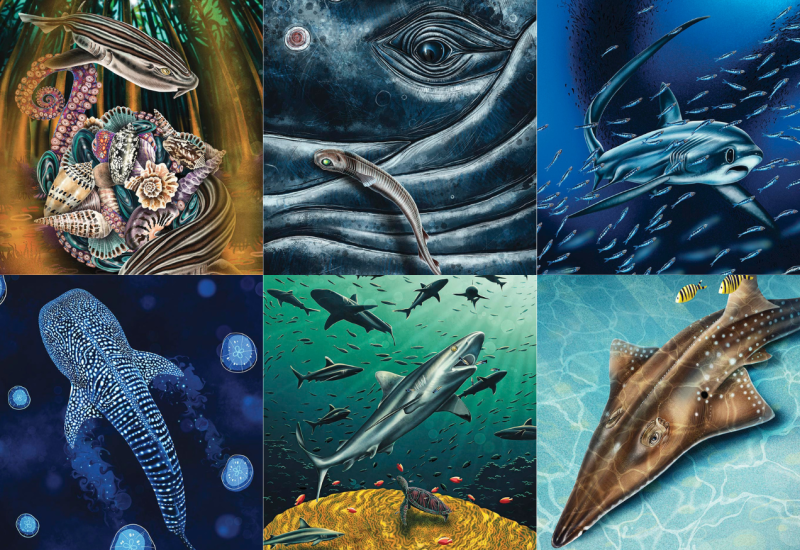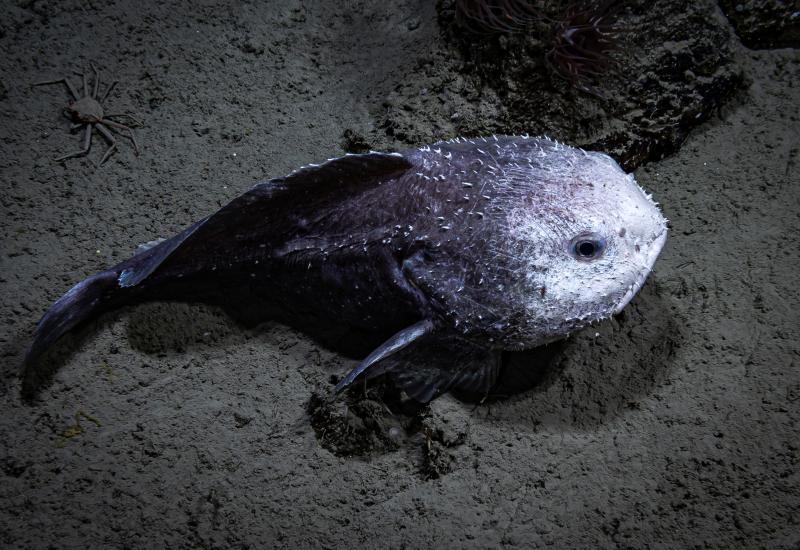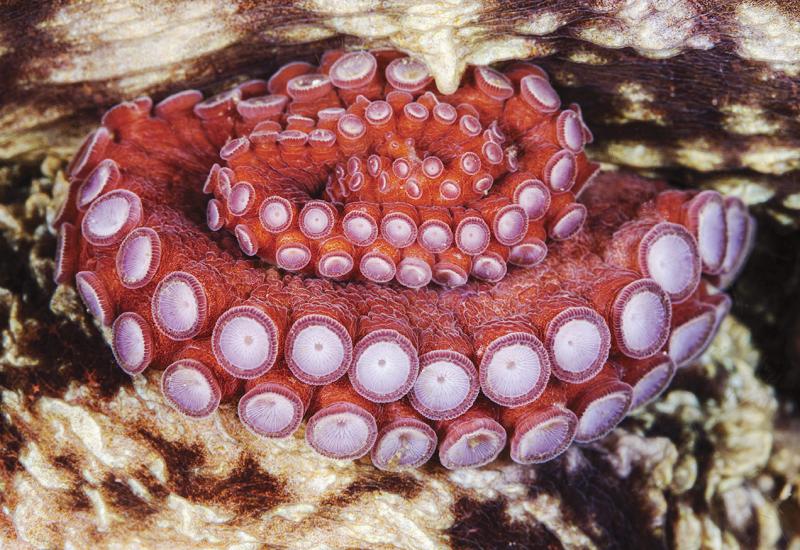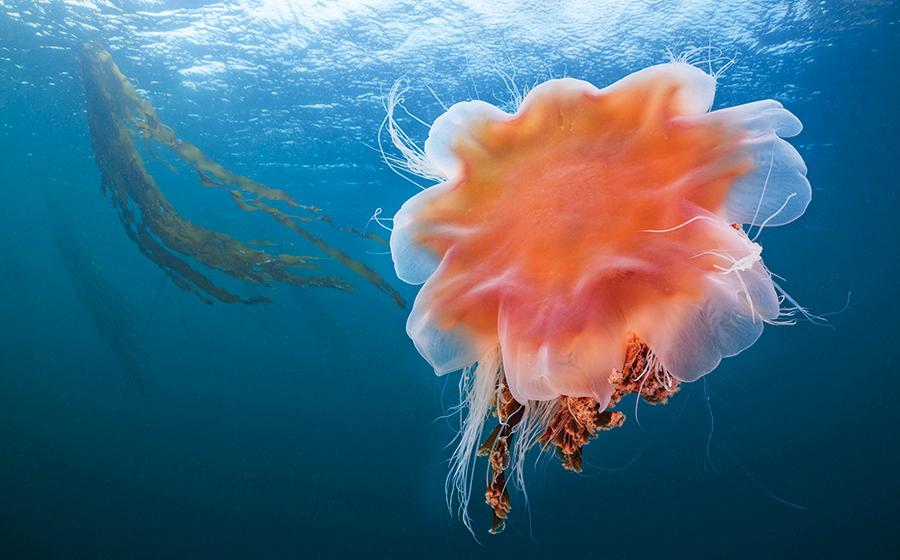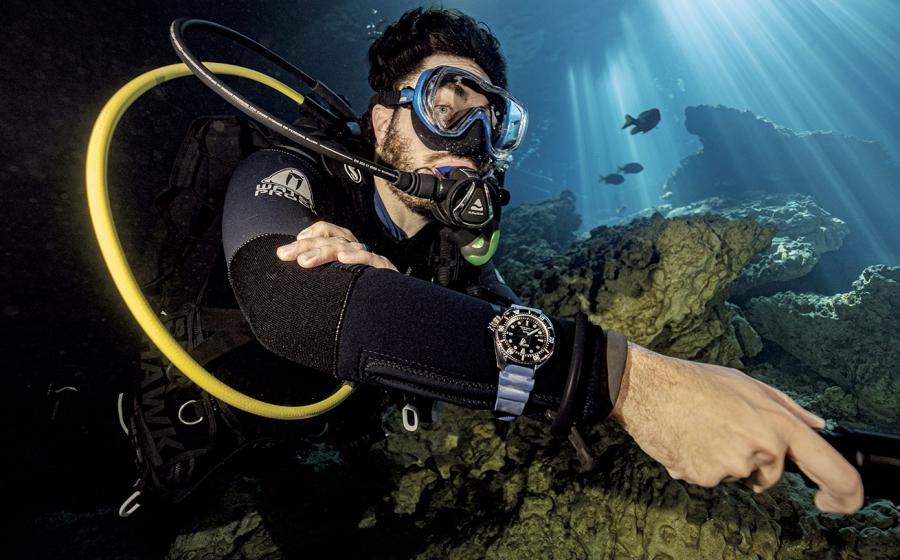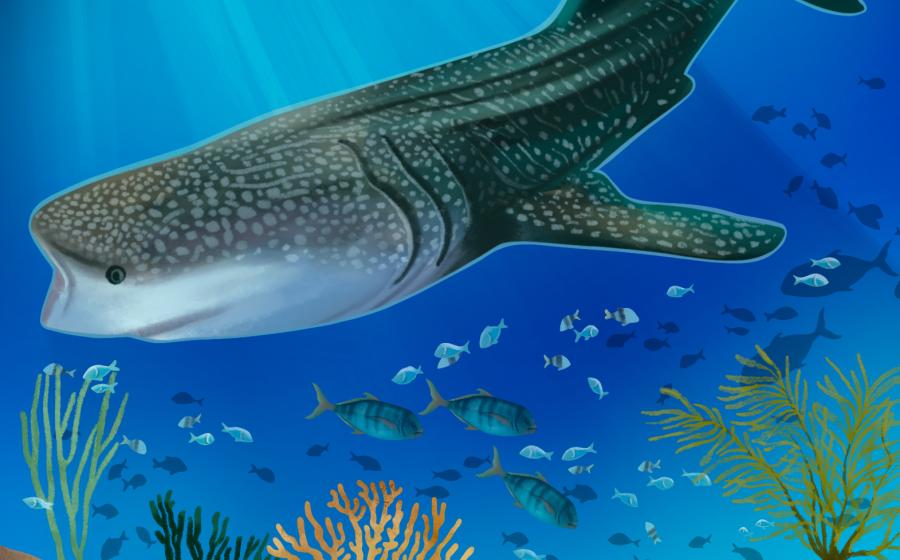Could This Be What Humans Look Like From a Dolphin's Perspective?

Jack Kassewitz/Speak DolphinAn enhanced Cymascope image of how a dolphin "sees" a submerged diver
How do we look from a dolphin’s perspective?
It’s been a mission of sorts to Jack Kassewitz. The Miami-based researcher, who has a passion for dolphin communication, wondered what echolocating dolphins “see” when they “ping” an object with their clicks, chirps and whistles.
Using a new tool called the CymaScope, Kassewitz and British scientist John Stuart Reid recorded the dolphins’ sonic vibrations after they echolocated on specific objects, including a cross, flowerpot and person. The resulting 3D prints look a little like what people see when ultrasound is used to see an unborn baby, says Kassewitz.
Reid developed the CymaScope, a tool that “makes sound visible” — basically, sound waves creating patterns. When dolphins emit their sounds while echolocating,the researchers theorize that the cetaceans use the returning sound beams to create a picture of the object.
“To view something for the first time that no one has ever seen before is both humbling and exciting. Discovery of anything is just plain amazing,” says Kassewitz. “I hope that over the next couple of years that we will have a way to use this technology to finally communicate with another species on even terms and a level playing field.”
The use of the CymaScope — which deals in a field Kassewitz describes as an “emerging science” — and Kassewitz’s claims that the image is “groundbreaking” has some scientists scratching their heads, pointing to a lack of peer review and vetting.
“As far as my take on this story goes from a scientific perspective, there is really nothing I can say. … the scientific community is waiting on published studies to properly determine the legitimacy of the claims being made,” wrote Justin Gregg, a writer who focuses on animal behavior and cognition, on his website following the images’ release.
Kassewitz is working to submit a paper on his findings for publication.
“I think we're opening a window into the dolphin's world,” says Kassewitz. “On one hand, it’s exciting. On the other hand, it’s not good to let emotion cloud judgment. The U.S. Navy and bass fishermen use sonar to image objects in the water every day. So the idea that there are images in dolphin echolocation shouldn’t really shock, amaze or confuse us. The images are there.
“How the dolphins perceive them, interpret them or perhaps share them remains to be determined. There’s a lot more work to be done.”
Can't get enough? Check out the world's best big animal dives with dolphins, great whites and more!

